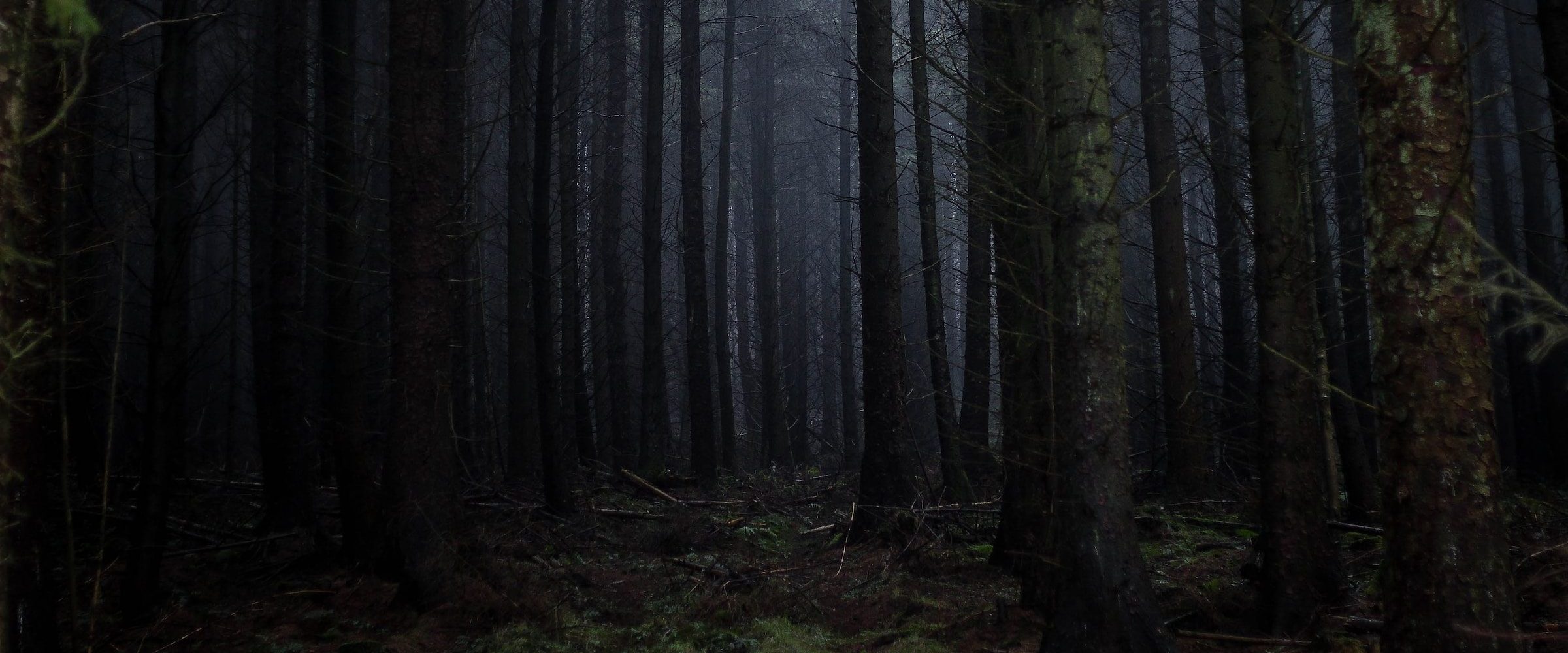The Forbidden City, known as the “Imperial Palace” or “Imperial City” in Chinese, stands as a living testament to the grandeur, power, and history of China’s imperial dynasties. Situated at the heart of Beijing, this magnificent palace complex has been the epicenter of Chinese politics, culture, and architecture for centuries. In this comprehensive exploration, we will journey through the history, architecture, significance, and cultural impact of the Forbidden City, which continues to captivate the world with its awe-inspiring beauty and historical resonance.
Historical Overview:
The Forbidden City is a symbol of China’s imperial past, standing as the political and cultural center of the country for over five centuries. Its construction began in 1406 during the Ming Dynasty and took over 14 years to complete, with the skilled craftsmanship of thousands of laborers. The Forbidden City served as the imperial palace for 24 emperors, spanning two dynasties—the Ming and Qing. It was the place where emperors governed China, held court, and conducted state affairs.
The palace complex earned its name, “The Forbidden City,” because access to the general public was strictly prohibited. Commoners and even many government officials were barred from entering its premises. It was only accessible to the emperor, his immediate family, and the select individuals who served the imperial court.
After the fall of the Qing Dynasty in 1912, the Forbidden City’s significance as the center of imperial power ended. The last emperor, Puyi, abdicated the throne, and the palace was soon converted into a museum, making its treasures, history, and architectural splendor accessible to the public. In 1987, it was designated as a UNESCO World Heritage site.
Today, the Forbidden City serves as a living museum, offering a glimpse into China’s imperial history, its architectural marvels, and the intricate traditions that once defined the palace and its inhabitants.
Architectural Splendor:
The Forbidden City is renowned for its awe-inspiring architecture, which reflects the sophisticated and meticulously planned design of traditional Chinese palatial structures. The vast palace complex covers approximately 180 acres, making it one of the largest wooden structures in the world.
The city is surrounded by an imposing defensive wall and a large moat, which served both as protection from external threats and as a symbol of the emperor’s supremacy. Entering the city, visitors are greeted by the Meridian Gate, which leads to the first and largest courtyard, where important ceremonies were held.
Within the Forbidden City, a series of grand halls, pavilions, gardens, and courtyards are connected by a central north-south axis. This design aligns with the principles of Feng Shui, ensuring a harmonious and balanced layout.
The most iconic architectural elements of the Forbidden City include:
- The Hall of Supreme Harmony (Taihedian): This grand hall is the most important and largest structure within the palace. It was used for major state functions and ceremonies, including the emperor’s enthronement. Its imposing presence is characterized by its wooden columns, intricate ceiling decorations, and a three-tiered marble terrace.
- The Hall of Central Harmony (Zhonghedian) and Hall of Preserving Harmony (Baohedian): These halls are used for various preparatory ceremonies before important state occasions, such as the emperor’s wedding or a significant imperial examination.
- The Hall of Heavenly Purity (Qianqinggong) and The Palace of Earthly Tranquility (Kunninggong): These two halls were the residence of the emperor and empress. They are connected by the Hall of Union.
- The Hall of Literary Glory (Wenhuaong) and The Hall of Martial Valor (Wuyingdian): These halls were used for imperial examinations, in which scholars were assessed on their knowledge of Confucian classics.
- The Forbidden City’s Gardens: The palace complex features beautiful and meticulously maintained gardens, such as the Imperial Garden and the Garden of Supreme Harmony. These spaces served as places of recreation and leisure for the imperial family.
- The Intricate Layout: The Forbidden City is renowned for its symmetry and alignment along the north-south axis, in line with traditional Chinese architectural principles. The emphasis on this axis reflects the concept of cosmic order and the emperor’s connection to heaven.
The Forbidden City’s architecture not only represents the artistic and engineering prowess of its time but also its deep-rooted cultural and philosophical significance. The detailed ornamentation, vibrant colors, and intricate carvings that adorn the palace’s structures are a testament to the skill and craftsmanship of the artisans who built this magnificent complex.
Significance in Chinese History:
The Forbidden City holds immense historical significance in China’s history, serving as the epicenter of political power and culture for over five centuries. During the Ming and Qing Dynasties, the palace was not just a home for emperors and their families, but also a symbol of the emperor’s divine mandate to rule.
The palace was designed to reflect the emperor’s supreme authority and was laid out according to strict Confucian principles of governance. The ceremonial spaces within the palace were carefully planned to accommodate a wide range of rituals, including those of state, family, and spirituality.
The Forbidden City was the embodiment of China’s imperial system, which operated on the belief that the emperor was the “Son of Heaven” and held the ultimate authority in the realm. The emperor’s presence in the Forbidden City signified his connection to the divine and his role as the protector of Chinese civilization.
The palace was also the seat of governance, where important state matters were deliberated, and key decisions regarding the empire’s policies, military strategies, and diplomatic relations were made. The architecture and layout of the Forbidden City were not just an expression of grandeur but also a reflection of the highly hierarchical and meticulously structured Chinese imperial system.
The history of the Forbidden City is marked by moments of grandeur and moments of political upheaval, including the dynastic shifts from the Ming to the Qing Dynasty. The palace witnessed celebrations and ceremonies, as well as episodes of intrigue and conspiracies. It is a living repository of China’s historical narrative, preserving the stories of emperors, empresses, and commoners who lived and worked within its walls.
Cultural Impact:
The Forbidden City is a cultural treasure that continues to captivate people from around the world. Its profound impact on Chinese culture extends beyond its historical significance. Here are some ways in which the Forbidden City has influenced culture and continues to do so:
- Art and Literature: The palace complex has inspired countless works of art, literature, and poetry. Artists have depicted its grandeur in paintings and sculptures, while authors and poets have penned tales set within its hallowed halls.
- Cinema and Television: The Forbidden City has been featured in numerous films and television series, both in China and internationally. Its distinctive architecture and rich history provide an evocative backdrop for storytelling.
- Fashion and Design: The palace’s vibrant color palette, intricate motifs, and imperial clothing have influenced fashion and design trends. Traditional Chinese design elements often draw inspiration from the palace’s aesthetics.
- Cultural Exchanges: The Forbidden City’s historical and cultural significance has made it a hub for international cultural exchange. It regularly hosts exhibitions and events that showcase Chinese art, history, and heritage.
- Tourism and Education: The Forbidden City welcomes millions of visitors each year, making it a prime destination for tourists interested in Chinese history and culture. It also serves as a valuable educational resource for researchers, scholars, and students.
- Cultural Diplomacy: The Forbidden City’s role in cultural diplomacy is paramount. It represents China’s cultural heritage on the global stage and fosters international dialogue and cooperation.
Restoration and Preservation:
Preserving the Forbidden City is a monumental task that requires ongoing restoration and conservation efforts. The wooden structures of the palace are especially vulnerable to decay, fire, and insect damage. The need for restoration is further exacerbated by Beijing’s climate, which experiences extreme temperatures and seasonal variations.
Over the years, numerous initiatives have been undertaken to safeguard the palace’s architectural heritage. Skilled craftsmen have carefully repaired and replaced damaged or aging wooden components, tiles, and decorative elements. These restoration efforts aim to maintain the authenticity of the palace while ensuring its structural integrity.
As part of its commitment to preservation, the Palace Museum, which oversees the Forbidden City, continually invests in research, conservation, and restoration. A dedicated team of experts and conservators work diligently to protect the palace’s art, architecture, and cultural treasures.
The preservation of the Forbidden City is also linked to the sustainability of traditional crafts, such as wood carving, calligraphy, and restoration techniques. It offers invaluable training and employment opportunities for artisans and conservators, ensuring that these skills are passed down through generations.
The People’s Palace:
While the Forbidden City was once a place of exclusivity, barred to all but the emperor, today, it is accessible to the world. Its transformation from an imperial residence into a public museum is a testament to the evolving role of cultural heritage in society.
The Forbidden City has become “the people’s palace,” a place where both locals and international visitors can explore China’s rich history and culture. It serves as a symbol of openness and shared cultural heritage. The museum’s extensive collections, exhibitions, and educational programs provide opportunities for people to engage with Chinese history and artistic treasures.
The Forbidden City’s importance in fostering cultural exchange is underscored by the millions of visitors who walk its historic courtyards each year. People from diverse backgrounds and walks of life come to witness the majesty of the palace, to appreciate its architectural beauty, and to delve into the stories of China’s past.
The Legacy of the Forbidden City:
The legacy of the Forbidden City extends beyond its architectural grandeur and historical significance. It stands as a symbol of China’s enduring cultural heritage and its ability to adapt and evolve in a changing world. The palace’s rich history and cultural impact have left an indelible mark on China and the world.
As the Forbidden City continues to welcome millions of visitors annually, its legacy is continually reshaped and redefined. It is a place of learning, inspiration, and cultural exchange, where the past is celebrated and the present is enriched through the exploration of China’s imperial history.
The palace’s architectural beauty and historical resonance invite visitors to step back in time and experience the grandeur of a bygone era. The stories of emperors and empresses, the rituals and ceremonies, and the artistry of traditional Chinese culture come to life within its hallowed walls.
The Forbidden City’s legacy is not merely historical; it is a living testament to China’s cultural identity and its enduring role in the world. The palace continues to be a source of fascination, inspiration, and cultural diplomacy that bridges the past and the present.
Visiting the Forbidden City:
A visit to the Forbidden City offers a unique opportunity to explore the grandeur and historical significance of this remarkable palace complex. If you plan to visit, here are some important tips:
- Plan Ahead: The Forbidden City is a vast complex with many buildings and cultural treasures to explore. Plan your visit in advance and allocate sufficient time to explore the entire complex.
- Admission Tickets: Tickets can be purchased at the entrance or online. It is recommended to purchase tickets in advance to avoid long lines, especially during peak tourist seasons.
- Guided Tours: Consider taking a guided tour to gain a deeper understanding of the palace’s history, architecture, and cultural significance. Knowledgeable guides provide valuable insights.
- Respect the Heritage: The Forbidden City is a historical and cultural treasure. Be respectful of the rules and regulations in place to protect the site. Do not touch or deface any of the structures or exhibits.
- Wear Comfortable Shoes: The palace complex is expansive, and you will do a lot of walking. Wear comfortable walking shoes to ensure an enjoyable visit.
- Be Mindful of the Seasons: Beijing experiences extreme temperature variations throughout the year. Dress appropriately for the weather, and be prepared for hot summers and cold winters.
- Arrive Early: To avoid crowds and have a more leisurely experience, arrive at the Forbidden City early in the day.
- Accessibility: The Forbidden City has made efforts to improve accessibility for visitors with disabilities. Check with the museum for information on accessible facilities and services.
- Photography: Photography is allowed in most areas of the Forbidden City, but there may be restrictions in certain galleries or exhibitions. Be sure to respect any posted guidelines regarding photography.
- Souvenirs: There are souvenir shops within the complex where you can purchase mementos of your visit, including traditional Chinese crafts and cultural items.
Visiting the Forbidden City is a journey through time, offering a glimpse into China’s imperial past and its rich cultural heritage. It is a place where history comes to life, and where the legacy of the past continues to inspire and captivate visitors from around the world.
Conclusion:
The Forbidden City is a masterpiece of Chinese architecture and a living testament to the grandeur and history of China’s imperial past. For over five centuries, it served as the political and cultural center of the nation, a place where emperors ruled with divine authority and where the rituals of governance and tradition were meticulously observed.
Today, the Forbidden City stands as a symbol of cultural heritage and a source of inspiration for people from around the world. Its architectural beauty, historical resonance, and cultural impact continue to captivate visitors, offering a profound connection to China’s rich history.
As a UNESCO World Heritage site and a thriving museum, the Forbidden City is accessible to all, a place where the past is celebrated and the present is enriched through the exploration of China’s imperial history. It is a living testament to China’s cultural identity and its ability to share its enduring legacy with the world.
The Forbidden City invites all who visit to immerse themselves in its awe-inspiring beauty, to walk its historic courtyards, and to delve into the stories of emperors, empresses, and the traditions that shaped Chinese civilization. It is a place where the past and present intersect, where history lives on in the hearts and minds of those who have the privilege to step through its grand gates.





Leave a Reply